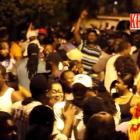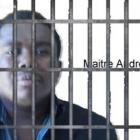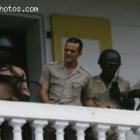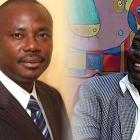ADVERTISEMENT
History
President Florvil Hyppolite Haiti's famed Iron Market
President Florvil Hyppolite was credited for many infrastructure accomplishments during his short government in Haiti. One of them is the establishment of telephone lines. He also created a diligent Ministry of Public Works, under which Haiti's famed Iron Market was built.
Haiti's famed Iron Market has received some reasonable amount of press in the last few months due to the timely renovation of the historical attraction. What hasn't garnered equal fame is the Market's founder, President Louis Mondestin Florvil Hyppolite. President Hyppolite was born in Cap Haitian in March of 1828 and became the leader of the country after defeating and overthrowing Legitime. What we will remember today, however, is not Hyppolite's birth, not his Iron Market, not his rise to power, but rather, his Panama Hat.
Many Haitians took this as a sign of his impending death. There were tales of strange objects, such as a cock's head and a dried human liver, being found sewn into his coat. His persona as a ruthless man, as well as the President of Haiti, meant that rumors of poisoning also abounded. Whatever the true cause of his death, the song that immortalizes it, ending with the line, "Whoever wants can go 'head and pick it up for me," has kept up throughout Haitian history.
President Louis Mondéstin Florvil Hyppolite and his Panama Hat
There is a Haitian folk song dated back to President Louis Mondéstin Florvil Hyppolite and we are still singing it. The famous story of his Panama Hat
To be a Haitian President, one needed, especially in the 1800's, to be well dressed. Few could imagine a better dressed man than one who was donning the very stylish and increasingly essential Panama hats that were all the rage. Hyppolite, already considered a well-dressed man with his glasses tinted blue and white suits was immortalized as the man in the Panama hat when, upon his death, a song that would live on through generations was born. In typical Haitian satire, the circumstances of his death, having fallen off a horse under what some called mysterious circumstances (though some say it was a simple heart attack), made for a catchy tune that seemed to reference an incidence five years before when his Panama hat had, indeed, fallen off his head.
Haitian President Franck Sylvain, General Leon Cantave, Fignole
Here is a picture of Haitian President Franck Sylvain, General Leon Cantave, Daniel Fignolé
President Franck Sylvain's Two-Month Presidency
Franck Sylvain, born August 3, 1909 in Grand Goâve, was an attorney, judge, politician, and short-term president of Haiti.
During his political career he held conservative views, establishing in 1934 an anti-communist newspaper "The Crusade". In party politics he led, establishing an underground political organization, "Gathering of the Haitian People".
Parliament selected him as President Joseph Pierre-Louis's successor. He served 56 days before being ousted by General Leon Cantave. His memoirs are entitled The 56 Days of Franck Sylvain.
The ruins of the residence of President Fabre Nicolas Geffrard - Anse -a -Veau .
Here is a picture of the ruins of the residence of Former Haitian President President Nicolas Fabre Geffrard at Anse -a -Veau.
During his time in office Geffrard had some modest accomplishments in the spheres of administration, justice, the economy, education, finance, agriculture, and the military. He supported trade agreements and increased exports with the opening of ports in Aquinas, Miragoane, and Saint Marc. He also updated the political infrastructure of the government. An adept negotiator he was instrumental in helping the Dominican Republic retain its sovereignty.
In 1858 he was asked by the military to lead an insurrection against Faustin I and was successful, establishing his claim to the presidency in Gonaives. Geffrard stayed in office for eight years, before he was ousted by Sylvain Salnave, whom the country now favored. Although he had decreed himself president for life, his successor, Salnave, was elected to replace him. Geffrard resigned without protest and retired to Kingston, Jamaica where he died in 1878.
Fabre-Nicolas Geffrard
Here is a picture of President Fabre-Nicolas Geffrard. He was a mulatto general in the Haitian army and President of Haiti from 1859 until his deposition in 1867
Fabre Geffrard, born September 19, 1806, ruled as president of the Republic of Haiti from 1859�'1867. His first act in office was to resurrect the Constitution of 1846 thereby making him president for life. Prior to assuming the presidency he served as Commander-in-Chief of the Army during Emperor Faustin I Soulouque's reign.
Using his powerful position as a stepping stone, he forced the abdication of Soulouque when Geffrard moved to establish the Republic of Haiti in Gonaïves. The country rallied behind him and Faustin I surrendered the presidency to Geffrard when he realized he had lost the support of the populace.
Champ-de-Mars Port-au-Prince during the government of Fabre-Nicolas Geffrard
Here is a picture of Champ-de-Mars in Port-au-Prince during the government of Fabre-Nicolas Geffrard.
After being made president, Geffrard's first duty was to cut the nation's army in half, leaving it 15,000 strong. Following this, he formed his personally-trained presidential guard, calling them Les Tirailleurs de la Garde. Later he would bring back the Boyer-founded Medical School and start his own, the National Law School. There was undoubtedly a great thrust in education under his rule, with many lycea being hauled into the then present and also built from the ground up under his regime.
Following the outbreak of guerilla war between Spain and Santa Domingo, which put Haiti in an awkward position, President Geffrard lost some of the people's esteem when he surrendered to the demands of the Spanish. There were many attempts at a coup against him, but it wasn't until 1865, when an ill-fought war with Major Sylvain Salnave and his Northern troops left the president and his administration in financial and political ruin, that he fled, with his family under disguise, to Jamaica, where he would remain until his death in 1878.
Place Geffrard in Haiti in 1865
Here is a picture of Place Geffrard in Haiti in 1865 created in honor of President Fabre-Nicolas Geffrard
Guillaume Fabre Nocolas Geffrard, Haiti's president from 1859 to 1867, was born a mulatto in September 1906. A military man by profession, Geffrard rose to power after taking part in a coup against Faustin Soulouque, former emperor of Haiti turned president. Geffrard's aim was to put power back into the hands of the elite of color, and he quickly took to pleasing the peasant population by ending a long dispute with the Roman Catholic Church, a move which aided education in the country greatly, and renewing the sale of lands owned by the state.
Citadelle Laferriere in Milot
Here is a picture of Citadelle Laferriere in Milot.
Being the largest fortress in the Western Hemisphere and the 8th wonder in the world, the Citadelle Laferrière has great importance to Haiti. It is the most popular historical attractions in the country.
The Citadelle Laferrière was built as a threat in case the French would consider retaking the island.
Charlemagne Peralte Statue in Hinche
Here is a picture of the rebel leader Charlemagne Peralte. This Statue was erected in the city of Hinche
He was born in 1886 in Hinche but with his origin to a family who had migrated from theDominican Republic
A former Haitian officer who was the military chief in the city of Léogane when the US Marines invaded Haiti in July 1915, Charlemagne Péralte refused to surrender to the US Marines.
As a consequence, he resigned from the Haitian military position and returned to his birth city, Hinche
In 1917, Charlemagne Péralte was arrested by the occupying force and sentenced to five years of forced labor. Following his release, Charlemagne started his guerrilla warfare against the US troops until his assassination

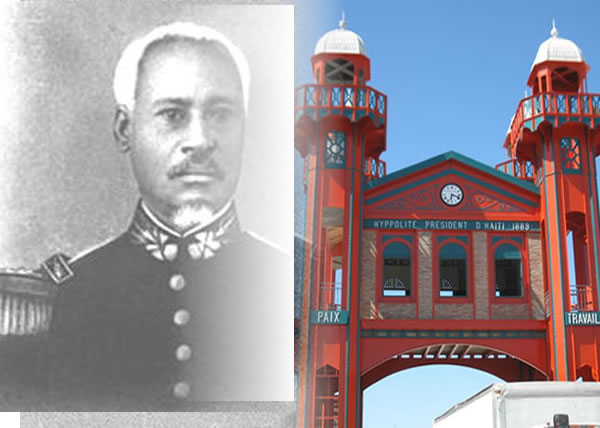
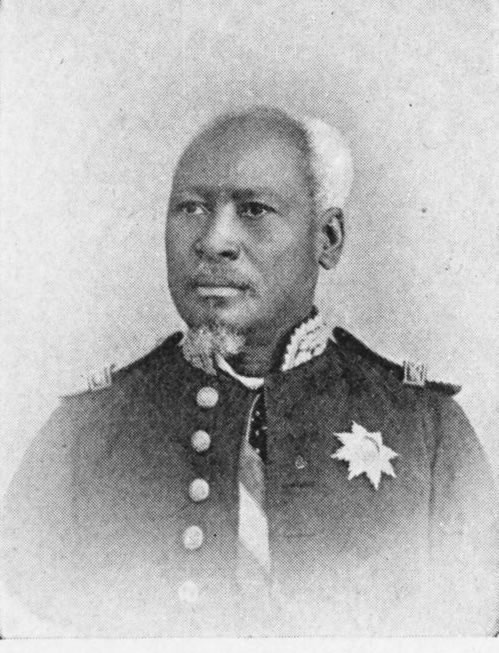
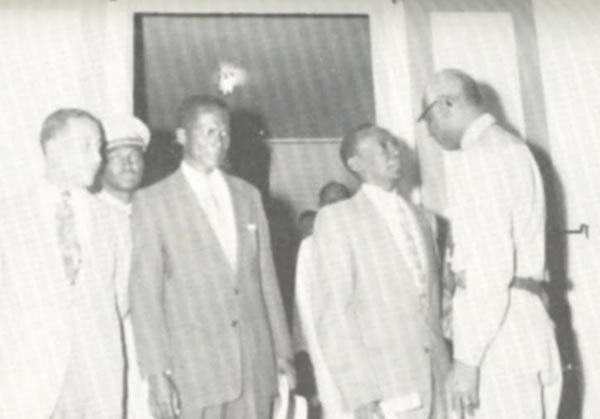
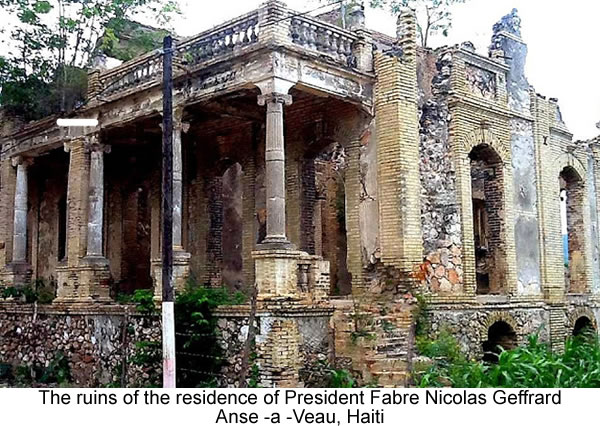
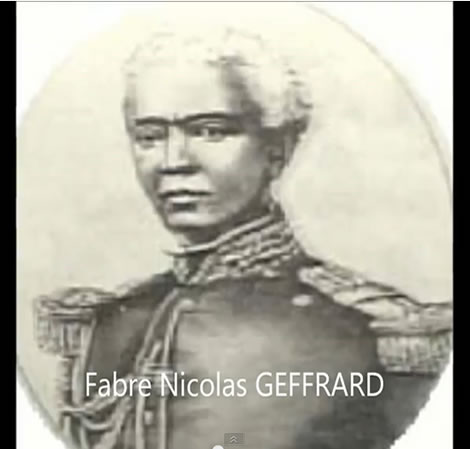
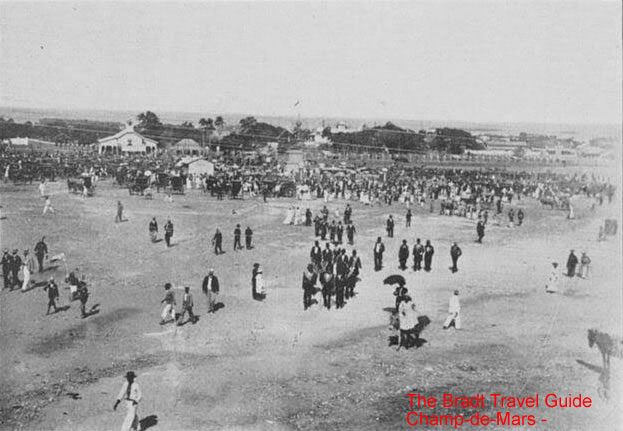
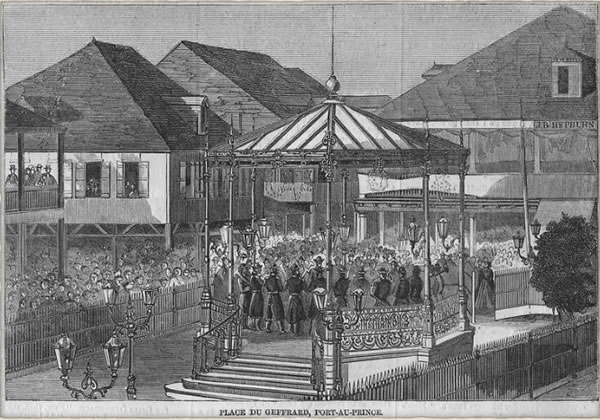
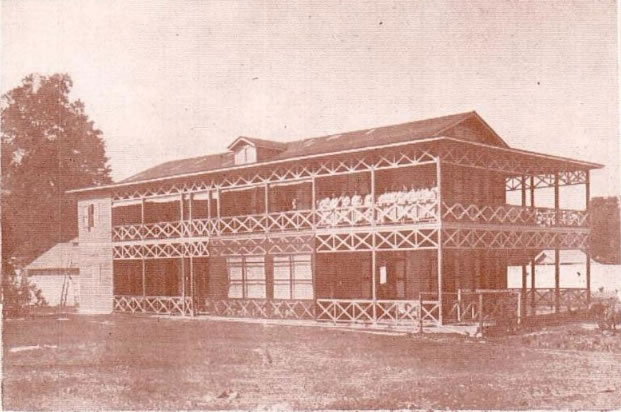
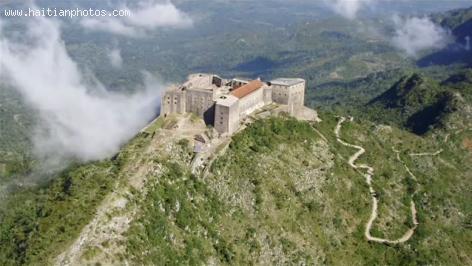
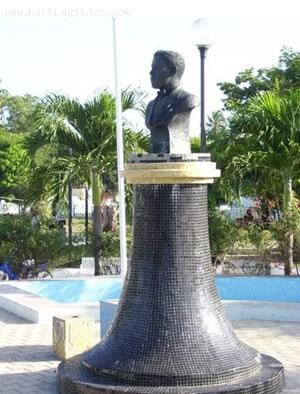
 Jounalis Phares Duverne mouri
Jounalis Phares Duverne mouri 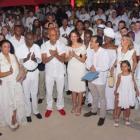 All inclusive Royal Decameron Indigo
All inclusive Royal Decameron Indigo 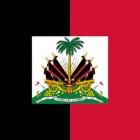 Haitian Flag Under Francois Duvalier changed in 1964 to black...
Haitian Flag Under Francois Duvalier changed in 1964 to black...  Haitiano-Japanese Naomi Osaka wins the US Open against Serena...
Haitiano-Japanese Naomi Osaka wins the US Open against Serena...  Meet Haitian-American professional baseball pitcher Touki...
Meet Haitian-American professional baseball pitcher Touki... 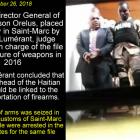 Former PNH Chief, Godson Orelus, arrested for illegal arm...
Former PNH Chief, Godson Orelus, arrested for illegal arm...  Philippe Vorbe entered world football Hall of Fame, CONCACAF
Philippe Vorbe entered world football Hall of Fame, CONCACAF 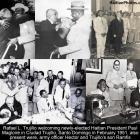 Rafael L. Trujillo welcoming Paul Magloire in Santo Domingo
Rafael L. Trujillo welcoming Paul Magloire in Santo Domingo 
